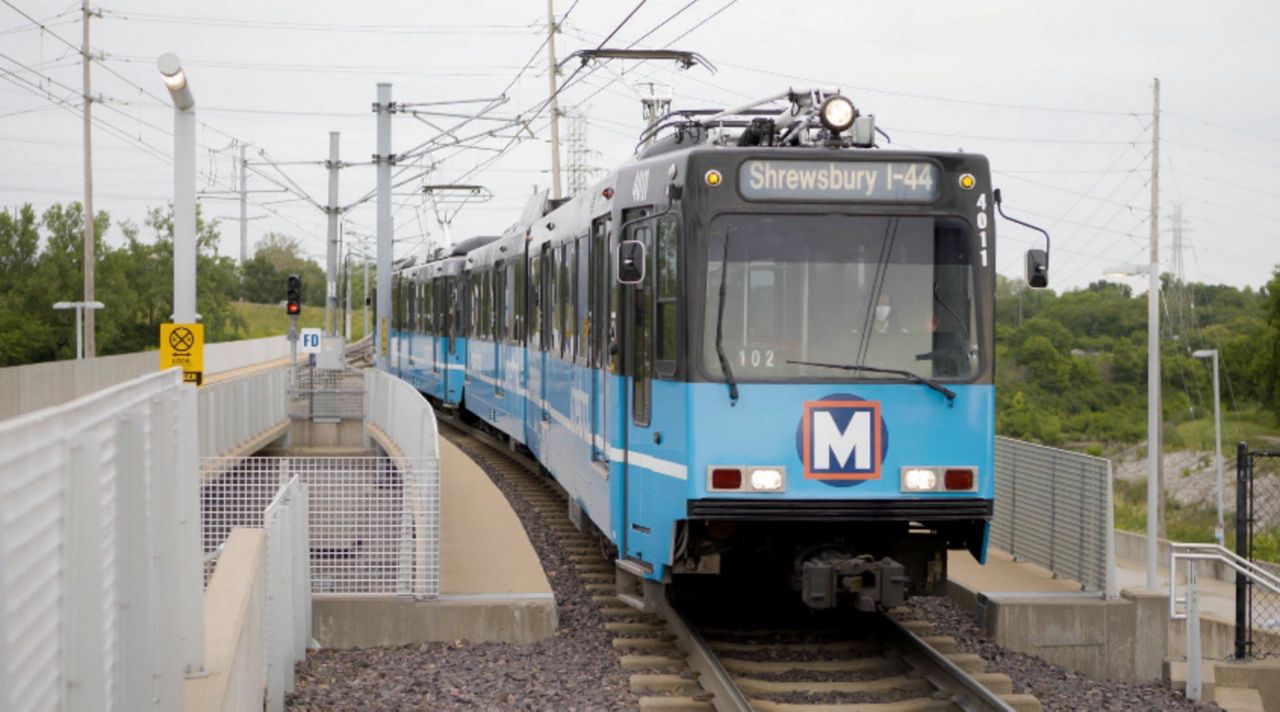Edmcowboy11
Senior Member
In an effort for safety and to help create more jobs for Edmontonians they could add 1 station custodian and 1 station officer per LRT station. The custodian primarily is the to keep the station clean at all times, but also is a pair of eyes always at the station. If something needs to be done this is where the station officer will deal with the issue during his/her rounds of the station.
Don't know if this would help security a ton but it couldn't hurt.
Don't know if this would help security a ton but it couldn't hurt.








